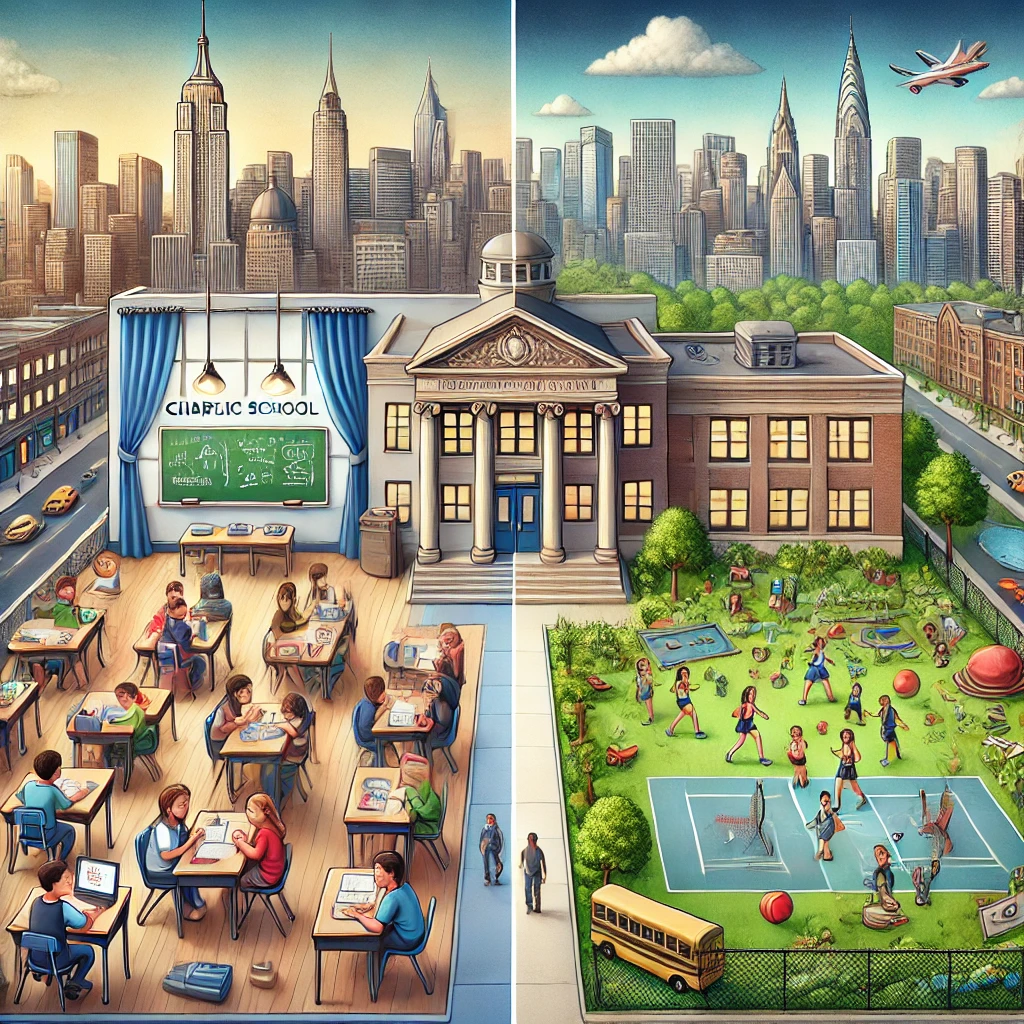
Choosing the right school for your child is a critical decision that can shape their future. In New York City, parents have a variety of options, with charter schools and public schools being two of the most popular. Each system offers its own set of advantages and potential drawbacks, making it important to weigh your options carefully. Whether you’re considering traditional public schools or charter elementary schools NYC, understanding the key differences can help you make the best choice for your child.
What Are Charter Schools?
Charter schools are independently operated public schools that are free from many of the regulations traditional public schools must follow. While they receive public funding, they also have the flexibility to create their own curriculums, teaching methods, and school policies. This freedom allows them to innovate and offer specialized programs that may not be available in regular public schools.
One of the biggest draws to charter elementary schools in NYC is the promise of a more personalized learning experience. Many charter schools like the ones of Success Academy are known for having smaller class sizes, which allows teachers to focus more on individual student needs. This can be particularly beneficial for children who may need extra attention or thrive in a more tailored environment.
Public Schools in NYC
On the other hand, NYC public schools follow the rules and regulations set by the Department of Education. They are open to all students within their respective districts and are funded entirely through public taxes. Because they serve a more diverse student body, public schools are typically larger in size and offer a broader range of resources, such as extracurricular activities and special education programs.
Pros and Cons of Charter Schools
Charter schools can be appealing to families looking for alternatives to the traditional public school system. Some of the main benefits include:
- Innovative Learning Environments: Because the same regulations as public schools do not bind them, charter schools have the freedom to experiment with unique teaching methods, which may lead to more engaging and effective learning experiences.
- Smaller Class Sizes: Many parents choose charter elementary schools in NYC because they believe smaller class sizes will provide more individualized attention for their children.
However, there are also potential downsides to consider:
- Limited Access: Charter schools can have limited spots, and enrollment is often determined by a lottery system, which means your child may not get in, even if it’s your preferred option.
- Varied Quality: The quality of charter schools can vary widely. While some provide excellent education, others may not live up to the expectations parents have, and since they aren’t subject to the same regulations, oversight can be less consistent.
Pros and Cons of Public Schools
Public schools, being the more traditional option, come with their own set of advantages and disadvantages:
- Diverse Programs: NYC public schools often offer a wide range of extracurricular activities, sports, and academic programs, giving children the opportunity to explore different interests and talents.
- Experienced Teachers: Teachers in public schools are required to hold state certifications and generally have more experience working within standardized educational systems.
On the flip side:
- Larger Class Sizes: Public schools in NYC often have larger class sizes, which can lead to less individual attention for students.
- Less Flexibility: Because the Department of Education governs public schools, they must adhere to strict guidelines that can limit creativity in teaching methods.
Making the Best Choice for Your Child
The decision between public and elementary schools in NYC ultimately comes down to your child’s unique needs and your personal preferences. If your child thrives in smaller, more intimate settings and could benefit from innovative teaching methods, a charter school might be a good fit. On the other hand, if you value a wide range of programs and a structured, community-based environment, public schools may offer the consistency and diversity you’re looking for.






